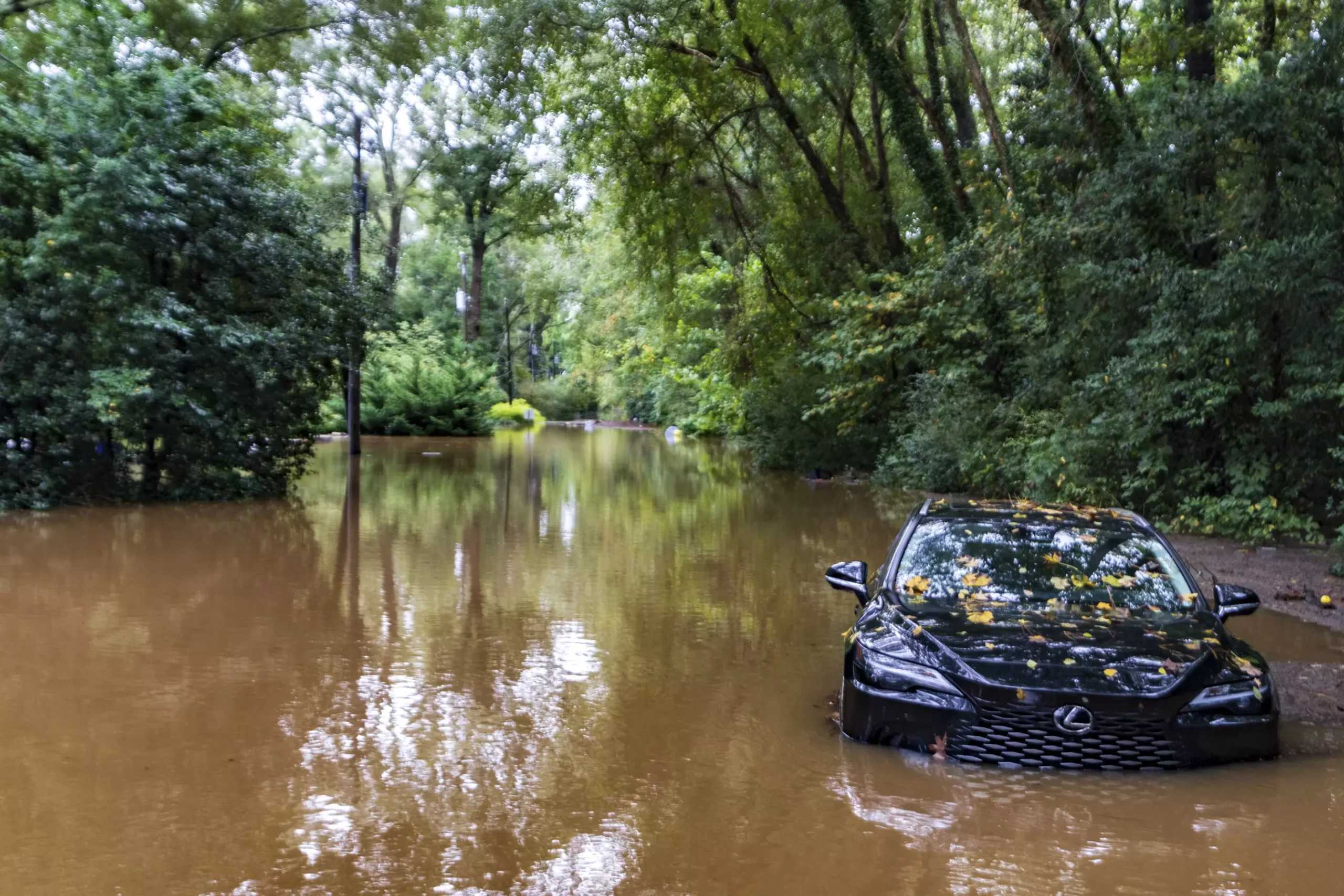Natural disasters have a way of exposing vulnerabilities in technology, and for electric vehicle (EV) owners, hurricanes present a unique set of challenges. As climate change intensifies the frequency and severity of storms, states like Florida are urging residents to prepare for threats not just to their homes, but also to their electric vehicles. With hurricanes like Helene looming large, it’s crucial for EV owners to understand the risks of saltwater intrusion and how it can affect their vehicles.
Electric vehicles are powered by lithium-ion batteries, which are not completely invulnerable to the detrimental effects of the environment. One significant concern is the impact of saltwater. When EVs are inundated with saltwater—such as during a hurricane or severe flood—they can potentially catch fire. This risk arises because saltwater can create electrical pathways between the battery’s positive and negative terminals, leading to short circuits and, ultimately, thermal runaway.
Thomas Barth, a figure from the National Transportation Safety Board (NTSB), elaborates on how this process occurs. If saltwater seeps into the battery housing, it may bridge electrical gaps, causing a chain reaction that can escalate quickly. The presence of salt not only facilitates electrical conduction but can also corrode components. Unfortunately, not every owner is aware of these risks, making it essential for education regarding EV safety, especially in hurricane-prone areas.
In light of these hazards, preparation becomes imperative. Florida Governor Ron DeSantis recently emphasized that EV owners should move their vehicles to higher ground before a hurricane strikes. However, the challenges go beyond just relocation. Charging infrastructure can become unavailable during a storm, leaving EV owners unable to charge their cars amid potential power outages. Much like keeping a gas tank filled for traditional cars in anticipation of fuel shortages, ensuring that electric vehicles are adequately charged before a storm could provide more operational flexibility during adverse conditions.
EV owners must also be cautious following a storm. Instances have been documented where vehicles caught fire days after the floodwaters receded. This underscores the importance of having submerged EVs inspected by professionals as they might harbor latent electrical faults due to corrosion or residual salt.
The risks surrounding electric vehicles during hurricanes have been studied since Hurricane Sandy struck the East Coast in 2012. However, comprehensive data on how often these incidents occur is still limited. A more recent case saw Hurricane Ian compromise up to 5,000 electric vehicles, with 36 igniting in the aftermath. The subsequent year, although Hurricane Idalia was less severe, led to additional reported fires among EVs, hinting at an unsettling pattern.
Amid these incidents, researchers noted that awareness yielded some positive outcomes. Many EV owners proactively relocated their vehicles to safer locations ahead of impending storms, demonstrating that education can mitigate risks. As storms like Helene approach, the importance of vetting sources of information about potential hazards cannot be overstated.
Moving forward, it is vital for car manufacturers and safety regulatory agencies to collaborate more intensively on battery safety practices. The National Highway Traffic Safety Administration (NHTSA) is already taking steps to enhance safety protocols for electric vehicles, including potential updates to existing safety requirements. By bridging the gap between research, real-world data, and public awareness, enhanced safety measures can be put in place.
Additionally, improving public education on the importance of vehicle maintenance before, during, and after storms is essential. Tips should emphasize the need to avoid standing water, the importance of vehicle inspections following a storm, and how to prepare for power outages.
The increasing prevalence of electric vehicles in hurricane-prone regions poses unique safety challenges that require vigilance and proactive measures from both government officials and vehicle manufacturers. While the rare occurrences of fires caused by saltwater should not incite mass panic, they certainly call for heightened caution and awareness. Education and proper preparation can play a crucial role in ensuring the safety of electric vehicles during natural disasters, which ultimately benefits all those living in storm-prone areas.


Leave a Reply